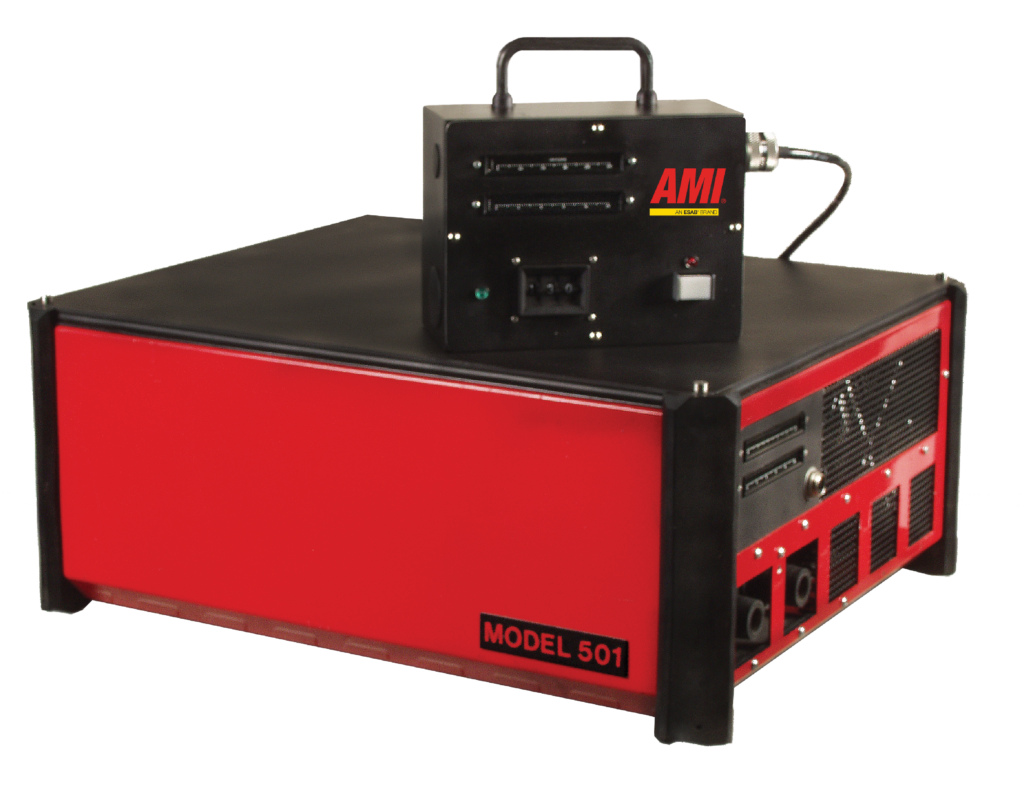
What do you think of when you hear the term “welding”? You may think of different weld types and weld preparation—equipment like a welding machine. Welding machines offer enhanced control, precision, and efficiency to ensure reliable, high-quality welds. However, these machines also require care and maintenance.
A regular welding machine inspection can help determine if welds will meet required specifications. The inspection also provides insight into the machine’s accuracy, enabling technicians to perform necessary maintenance and optimize weld quality control.
Welding Machine Setup and Inspection
Welding is a rigorous process that may involve exotic metals, high voltages, extreme temperatures, and hazardous fumes. And the final product must adhere to strict quality standards. To meet these standards, many manufacturers utilize welding machines to ensure the optimum fusion of metals. However, welding machines can experience power supply fluctuation, adverse environmental conditions, or mechanical issues after long-term use. Common errors include:
- Input voltage adjusted more than what is specified or required.
- Voltage fluctuation that causes the power supply to flicker or the machine to shut down completely.
- Overheating from continuous use causing the welding machine to suffer damage or shut off.
- Excessive or improper use and vibration causing bolts to loosen.
- Improper wiring.
These issues can affect productivity and even be detrimental to human safety. Consequently, welding machine inspection is crucial for safe and effective operation.
The Importance of Welding Machine Inspection
A regular welding inspection schedule is necessary to ensure proper care of the welding machine and should include the following points:
- Weld head maintenance: Weld head needs to be free of any grease, oil, or carbon build-up to avoid defects in the weld. Precision cleanup can be performed using denatured alcohol. Any dent or wear should be investigated and repaired or replaced if necessary.
- Calibration check: The welding machine must be calibrated routinely in order to ensure that all components work in unison and at the set weld parameter.
- Power supply check: The power supply systems should be checked to ensure it is in good condition and is able to control and regulate the parameters as specified in the weld schedule.
- Sanitary check: The TIG cooling lines must be cleaned and disinfected regularly, and the seals should be checked for leaks.
- General visual check: It is necessary to check for all the connection points in the machine before starting the welding operation.
Specific standards apply to how the welding process should be performed in manufacturing. Following the above inspection process can enable manufacturers to gain several advantages.
- Regular inspection keeps the welding machine in excellent condition, which dramatically reduces the chance of error and weld defects.
- Careful calibration allows the weld to be performed precisely in the first take, reducing the need to reperform or correct the weld. This reduces the time and cost involved.
- High-quality welding machinery increases adherence to weld parameters, as specified in the weld schedule.
Inspection Improves Welding Knowledge
Welding machine inspection can help ensure all weld parameters—including current, voltage, feed rate, and gas flow rate—are maintained correctly throughout the process. Preventative welding machine maintenance will shed light on existing issues while providing knowledge on the ways to avoid these issues in the future. With trained operators performing the welding machine inspection, maintenance can be accomplished with ease to improve final weld results.
Arc Machines, Inc. is a leader in orbital welding solutions with decades of industry knowledge in the welding machine inspection process. For inquiries regarding products, contact sales@arcmachines.com. For service inquiries, contact service@arcmachines.com. Arc Machines welcomes the opportunity to discuss your specific needs. Contact us to learn more.





